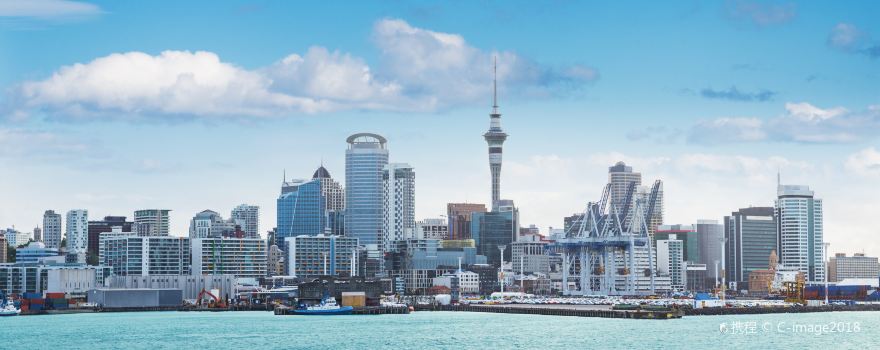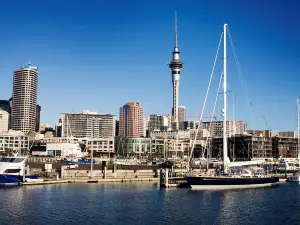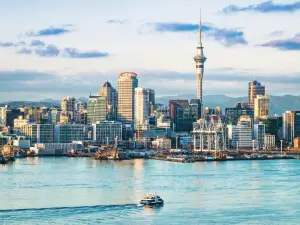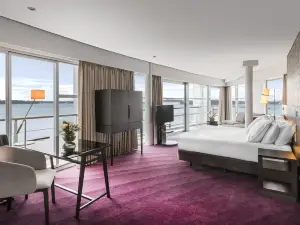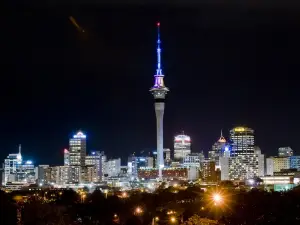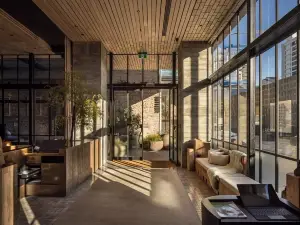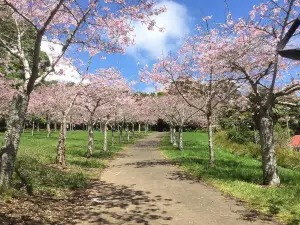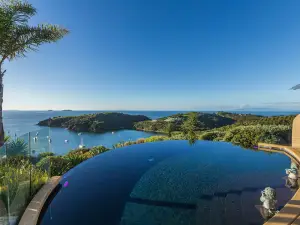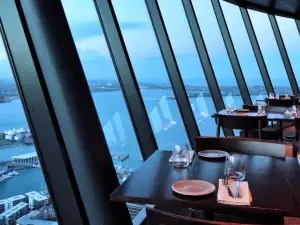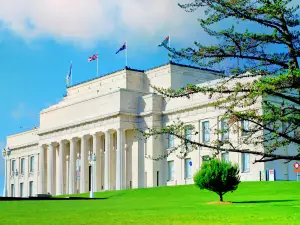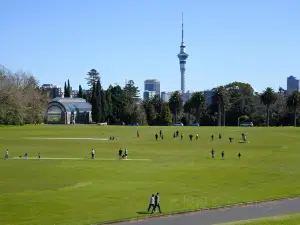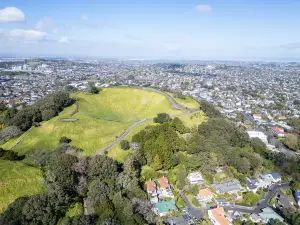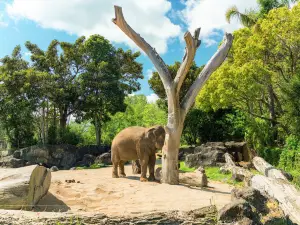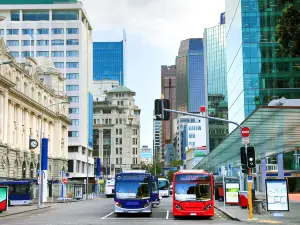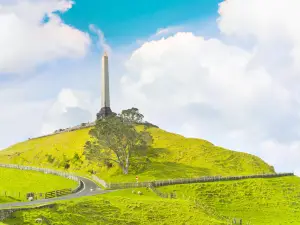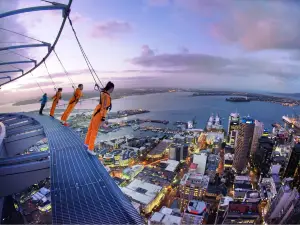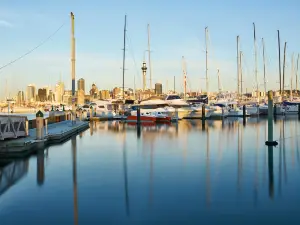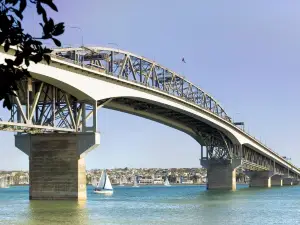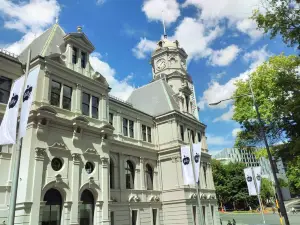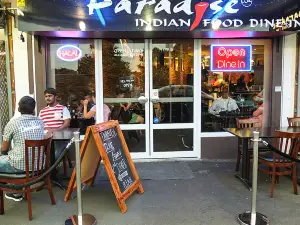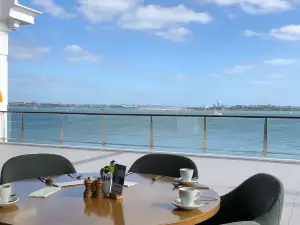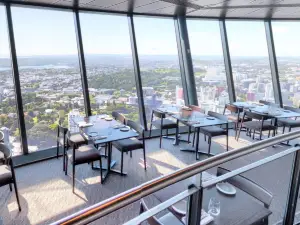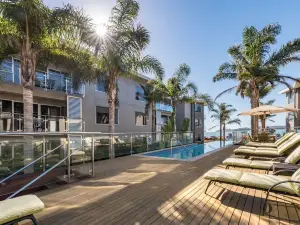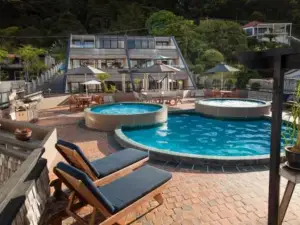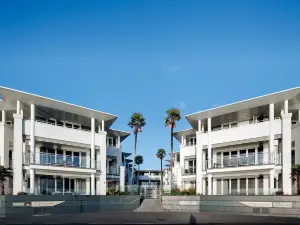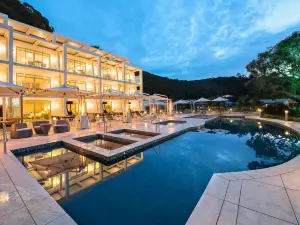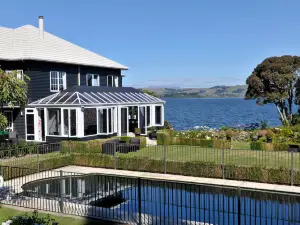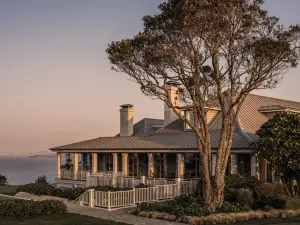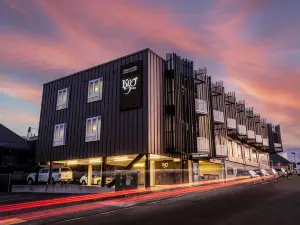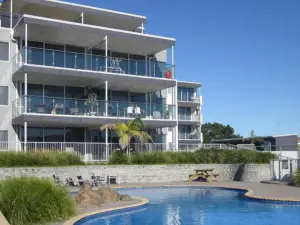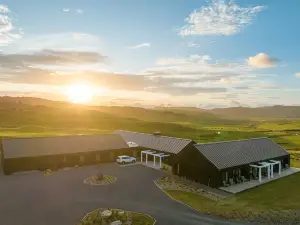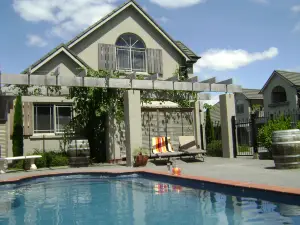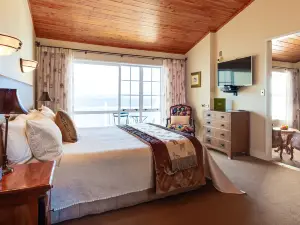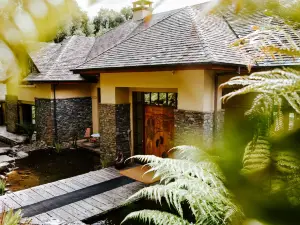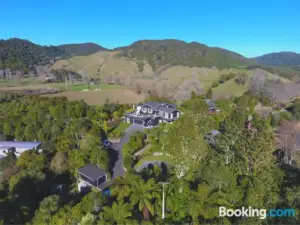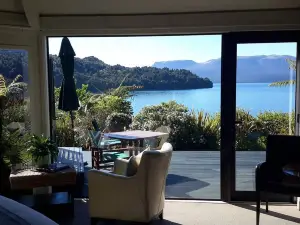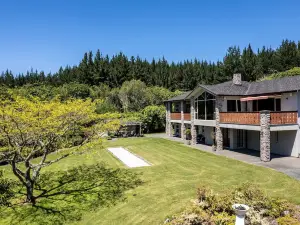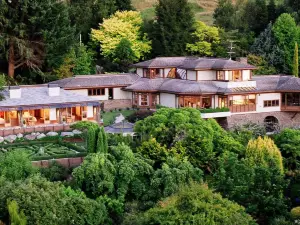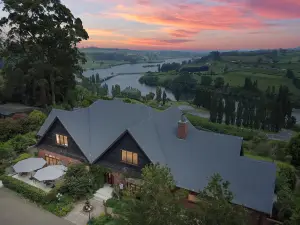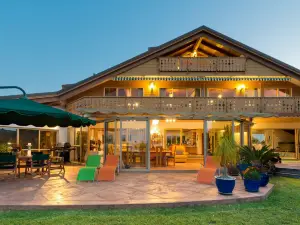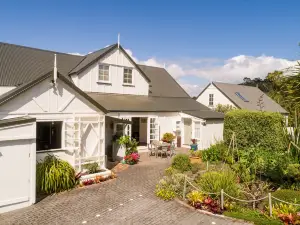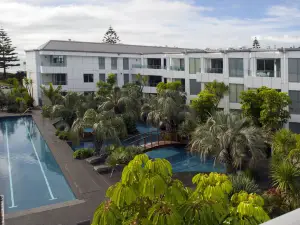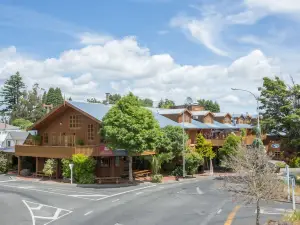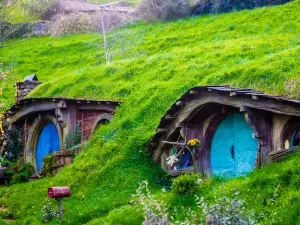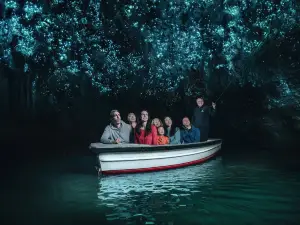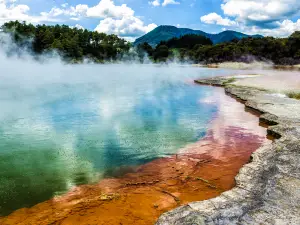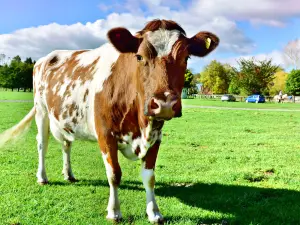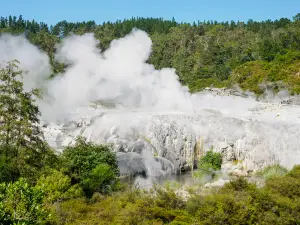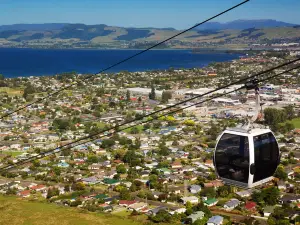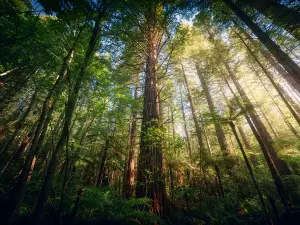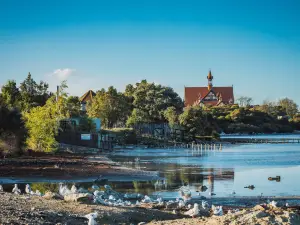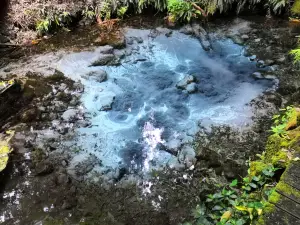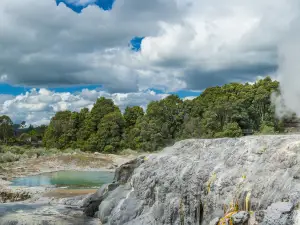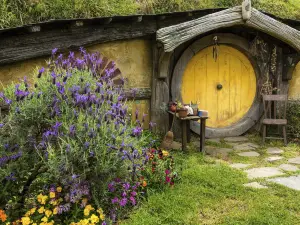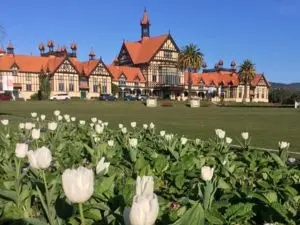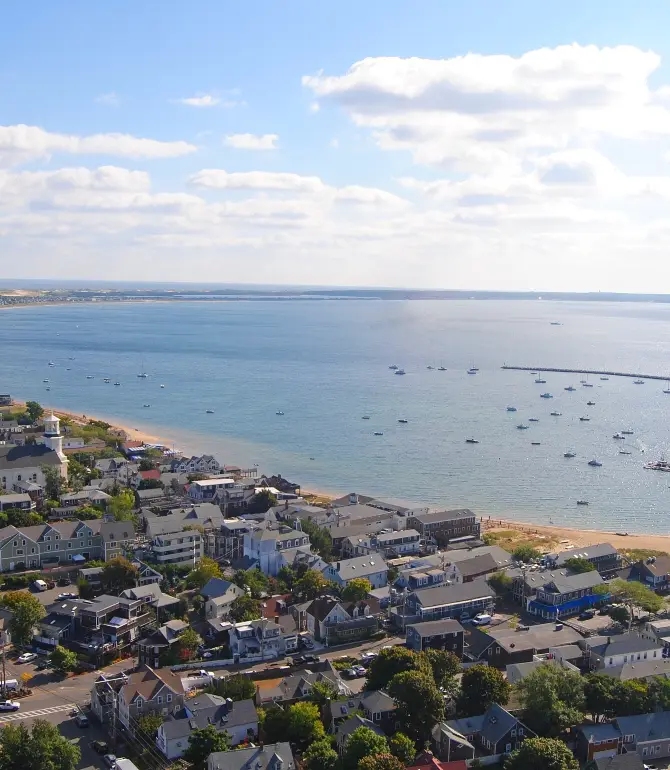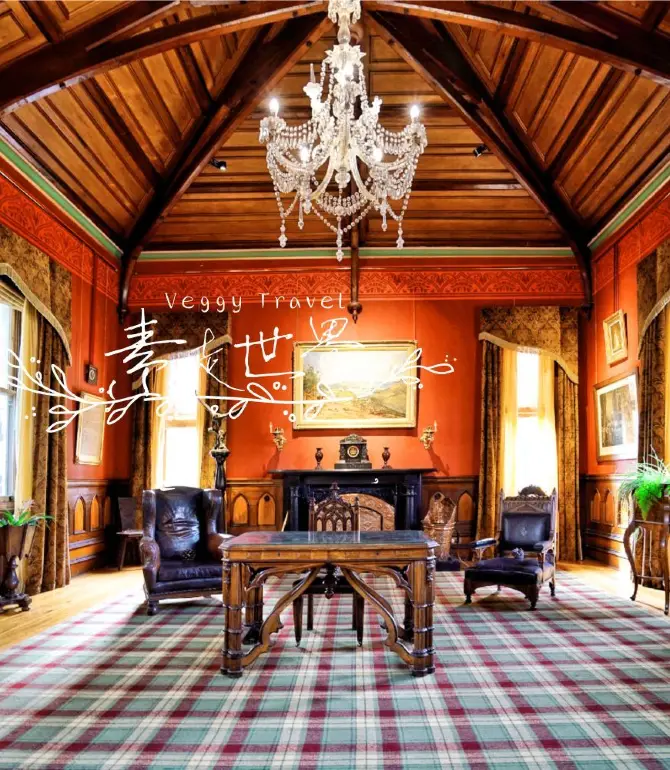Things to do in Auckland (2025): Top nearby activities,popular attractions,itinerary planning,weather,accommodation,food,transportation,and more - all you need to know (updated October, 2025) | Trip.com
About Auckland
Recommended trip: 2–4 day(s)
Recommended trip: 2–4 day(s)Current weather conditions
Auckland Local Experiences Map

Trending in Auckland
Auckland Local Travel Guide 2025
Auckland Brief Guide
Auckland, New Zealand’s largest city, is a vibrant metropolis set on volcanic hills, boasting stunning harbors, the iconic Sky Tower, diverse neighborhoods like Ponsonby and Waiheke Island, and a multicultural food scene blending Maori, Pacific, and Asian influences. As the "City of Sails," it offers sailing excursions, beaches, and access to nearby rainforests and wineries in Waitakere Ranges. Plan your perfect Auckland adventure with our guide.
Auckland Must-try local experiences
1. Ascend the Sky Tower Experience panoramic views of Auckland from the Sky Tower, the tallest structure in the Southern Hemisphere. Try the SkyJump or SkyWalk for an adrenaline rush. 2. Discover Waiheke Island Take a ferry to Waiheke Island for its beaches, vineyards, and olive groves. Enjoy wine tasting, art galleries, and relaxing shores. 3. Visit the Auckland War Memorial Museum Explore New Zealand's history, natural environment, and Maori culture at the Auckland War Memorial Museum. Don't miss the daily Maori cultural performances. 4. Hike Mount Eden Climb Mount Eden for spectacular views of Auckland's skyline. The volcanic crater and greenery make it a popular spot. 5. Sample Local Cuisine Indulge in Auckland's culinary scene with fresh seafood, Maori dishes, fish and chips, green-lipped mussels, and pavlova. 6. Capture the Beauty of Piha Beach Take stunning photos at Piha Beach with its black sand, rugged coastline, Lion Rock, and powerful surf. 7. Photograph the Auckland Domain Wintergardens Visit the Auckland Domain Wintergardens for beautiful glasshouses, lush gardens, and tranquil ponds, perfect for serene photos. 8. Snap Views from the Auckland Harbour Bridge Walk or climb the Auckland Harbour Bridge for breathtaking views of the city and harbour, especially at sunrise and sunset. 9. Sail on the Waitemata Harbour Experience Auckland's maritime heritage by sailing on the Waitemata Harbour with a tour or yacht charter. 10. Explore the Hauraki Gulf Islands Take a ferry to the Hauraki Gulf Islands like Rangitoto and Tiritiri Matangi for unique landscapes, hiking, and wildlife.
Auckland Must-see Attractions
Auckland, known for its iconic Sky Tower, the educational SEA LIFE Kelly Tarlton's Aquarium, the historic Mount Eden, the culturally rich Auckland War Memorial Museum, and the vibrant Queen Street, offers a diverse range of sights and experiences that highlight both its natural beauty and rich cultural heritage.
Auckland Food Guide
Auckland offers a rich culinary experience with its locally sourced salmon, high-quality New Zealand beef and lamb, and internationally acclaimed flat white coffee, all enjoyed amidst stunning scenery and vibrant landscapes.
Auckland Transportation
Auckland is well-connected by air, with seamless transfers to the city center, and by bus or train from other cities in New Zealand. By Air: Auckland International Airport (AKL), approximately 20 km (12 miles) south of the city center, handles most international and domestic flights. To City Center - SkyBus: This is a direct bus service that takes you from the airport terminals to the city center, with no stops in between. You can purchase tickets online or from the driver, but please note that only card payments and online bookings (QR code) are accepted. The travel time is approximately 40 minutes, but it's advisable to allow extra time during peak traffic hours. - AirportLink Bus: To reach various areas in Central, East, and South Auckland, take the orange AirportLink bus from the airport to Puhinui Station. From Puhinui Station, you can transfer to trains that operate on the Southern or Eastern Lines. The bus runs every 10 minutes from 4:30 AM to 12:40 AM, seven days a week. - Shuttles: Companies like Connexion offer shared shuttle services where you can be dropped off at your accommodation. Book online before arrival. - Taxis: Taxi ranks are located right outside the terminals. Metered taxis to the CBD cost NZ$75-100 (30-45 minutes, traffic-dependent), with airport surcharges (NZ$5-10). Pay with cash, credit/debit card, or apps like Co-op Taxi. Ride-Shares: Uber and Ola operate from designated zones at the International Terminal (Lane A, near Door 11) and the Domestic Terminal (a short walk, follow signs). Fares similar to taxis. By Train: To travel to Auckland by train, take the Te Huia train service from Hamilton, Waikato, which will arrive at The Strand station in Auckland. For scenic long-distance travel, you can use the Northern Explorer train service from Wellington; however, please note that overnight and daily services are not available. By Bus: To travel to Auckland by bus from other parts of New Zealand, use InterCity, the national bus network. You can book tickets and check timetables on the InterCity NZ website. Buses arrive at the InterCity Sky City terminal located at 102 Hobson Street in Auckland City. Additionally, some services also stop at other locations in Auckland, such as Manukau and the airport.
Auckland Where to Stay
Queen Street, North Shore, and Auckland International Airport are notable among these regions, each offering distinct characteristics and amenities suited for different traveler types.
Auckland Best Time to Visit
Auckland’s location in the Southern Hemisphere means seasons are reversed from the North: summer (December–February) is warm for beaches but crowded, while shoulder seasons March–May (autumn) and September–November (spring) offer mild weather, festivals, and fewer tourists. June–August (winter) is cooler and wetter, great for indoor attractions. Spring (September–November): Temperatures range from 12°C to 20°C (54°F–68°F), with sunny days and blooming parks. Fewer crowds make it ideal for harbor cruises or hiking Rangitoto Island; occasional rain, but pleasant overall. Summer (December–February): 18°C–25°C (64°F–77°F), sunny and warm with long days; events like the Auckland Anniversary Regatta (January). Peak season with higher crowds and prices—book 3-4 months ahead for festivals or Waiheke trips; perfect for beaches and outdoor dining. Autumn (March–May): 15°C–22°C (59°F–72°F), mild and crisp with colorful foliage; events like the Auckland Arts Festival (March). Fewer tourists and moderate prices make it excellent for wine tours in Matakana or exploring museums. Winter (June–August): 10°C–16°C (50°F–61°F), cooler and rainy with short days (9-10 hours); events like Matariki Festival (June). Lower crowds and prices; good for indoor attractions like the Auckland Museum or hot pools in Rotorua day trips.
Auckland Travel Tips
1. Check Weather and Conditions Before Beach Visits: Auckland’s weather can be unpredictable. Always check the weather forecast and the Safeswim website for water quality and swimming conditions before heading to beaches like Piha or Mission Bay to ensure a safe and enjoyable experience. 2. Respect Maori Cultural Sites: When visiting sites of cultural significance to the Maori people, such as the Auckland War Memorial Museum, show respect and follow any posted guidelines. Avoid sitting on tables or placing bags on surfaces where food is served. Remove shoes before entering a Maori meeting house and do not eat before a blessing is given. 3. Greeting Etiquette: Kiwis are generally friendly and informal. A simple 'Hi' or 'Hello' is common. However, when meeting Maori people, a traditional greeting called a 'hongi' (nose press) may be used. If invited to participate in a hongi, gently press your nose and forehead against the other person's. It's a sign of respect and symbolizes the sharing of life force. 4. Be Cautious of Rip Currents: Auckland’s beaches, particularly on the West Coast, can have strong rip currents. Always swim between the flags and follow lifeguard instructions. If caught in a rip, remember to relax, float, and raise your hand for help. Recognize rips by looking for calm patches, discolored water, and deeper, darker areas. 5. Volcanic Field Awareness: Auckland is built on a volcanic field. While eruptions are rare, be aware of emergency procedures. Follow official advice from Civil Defence, stay informed through local authorities, and have an emergency plan. Know evacuation zones and keep emergency supplies ready. During ash fall, stay indoors and protect yourself from ash and gases. 6. Drone Regulations in Auckland: Drone use in Auckland is regulated. You can fly in most parks without a permit, but avoid cemeteries, regional parks, and certain landmarks. Always get permission to fly over private property. Follow Civil Aviation Authority rules and check for controlled airspace. Be courteous, keep your drone in sight, and fly only during daylight hours. 7. Strict Alcohol Laws: Auckland has strict laws regarding alcohol consumption. Drinking or carrying alcohol in public places is banned, with some areas having 24/7 restrictions. Temporary bans may apply during major events. Violating these bans can result in fines. Always check local rules and maps for designated liquor ban areas. 8. Strict Biosecurity Measures: New Zealand has strict biosecurity laws. Declare all food, plant, and animal products when entering the country. This includes items like wooden souvenirs and hiking boots. Failure to declare can lead to fines or prosecution. Use the New Zealand Traveller Declaration to declare risk goods and avoid penalties.
Auckland Useful Guide
English is the primary language.
Trip.Best: Auckland
Things to do in Auckland
What to do
SEA LIFE Kelly Tarlton's Aquarium
Auckland Zoo
Queen Street
AJ Hackett Auckland SkyJump & SkyWalk
Where to stay
What to eat
Auckland Moments: Through Travelers' Eyes

Why Not Visit New Zealand When the Flowers Bloom?

Auckland must stay hotel ceiling! A complete guide to French romance at Sofitel Viaduct Harbour

Auckland|A Home Away From Home Experience

Holiday Inn Express Auckland, the best choice for men traveling
![[New Zealand's Hidden Gem] Christchurch: A Garden City in the Southern Hemisphere.](https://ak-d.tripcdn.com/images/1mi5j12000gojva49EF5F_W_320_0_R5.jpg?proc=source/trip)
[New Zealand's Hidden Gem] Christchurch: A Garden City in the Southern Hemisphere.

I thought Xinjiang was beautiful enough until I went to New Zealand.
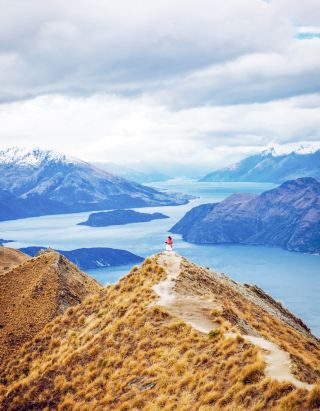
New Zealand, the Pure Land of the World|A Complete Guide to Self-Driving in the North and South Islands

Delamore Lodge is the best hotel on the entire island
Best of Auckland
About
Site Operator: Trip.com Travel Singapore Pte. Ltd.
